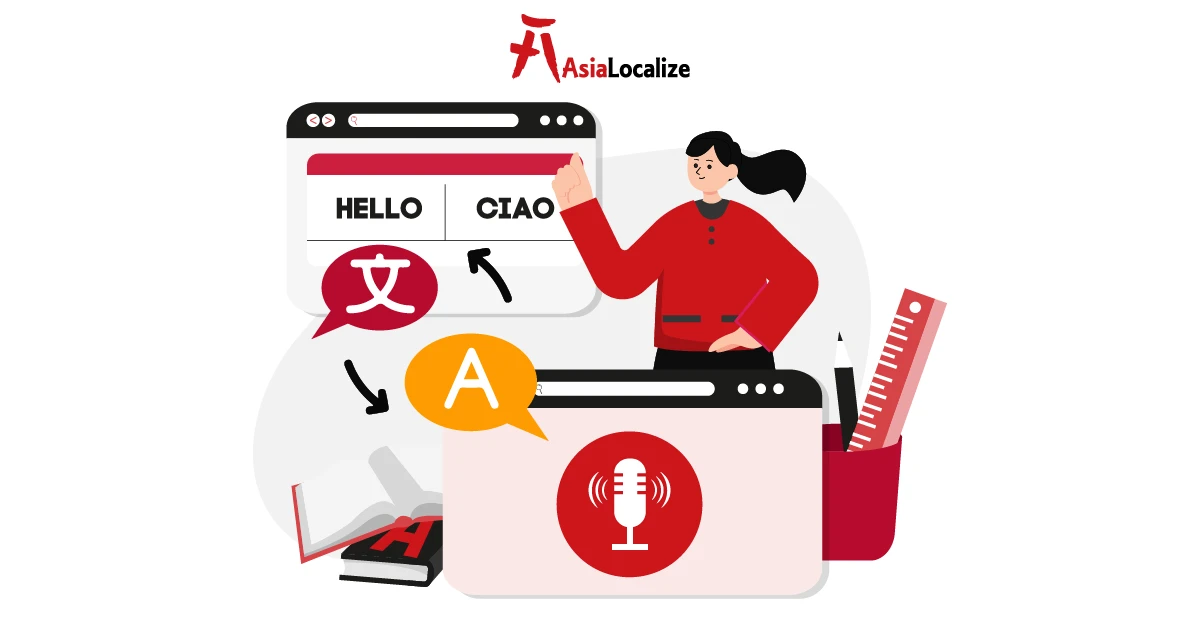Ever seen a phrase like “kick the bucket” land in a product manual? In English, it might raise a smile, but in another market it could sound confusing—or worse, careless. That’s the tricky thing about idioms: they carry color, humor, and culture that don’t always translate well. And yet, we use them constantly. In fact, research shows that idioms make up a notable portion of everyday business speech.
So when you’re translating idioms for global audiences, handling idioms is brand reputation on the line. Do it well, and your message feels natural, familiar, and trustworthy. Do it badly, and you risk alienating the very customers you’re trying to connect with. In this post, we’ll look at nine tried-and-true techniques that keep idioms meaningful—and your message intact—no matter the language.
Why Idioms Are the Hidden ROI Lever in Global Content
Idioms might feel like harmless bits of color in our everyday speech, but when it comes to localization, they’re anything but simple. As POEditor notes, “idioms are a localization hurdle”—and for good reason. They’re deeply rooted in culture, and if you carry them over literally, you risk confusing or even alienating your audience.
The flip side is powerful: when companies take the time to invest in cultural adaptation, the payback is real. Research shows that adapting content for local audiences can increase brand affinity by over 25%.
We’ve all seen the difference between idioms done right and idioms gone wrong. A well-localized campaign that replaces “break the ice” with the local equivalent instantly feels natural, like it was written for that audience.
On the other hand, there’s the infamous Pepsi slogan in China—intended as “Come alive with the Pepsi Generation,” but rendered as “Pepsi brings your ancestors back from the grave.” A single mistranslation turned a feel-good line into a punchline, and the brand paid the price in credibility.
Don’t let the terms “translation vs localization” trip you up. Get clear, actionable insights in [Translation vs Localization Explained]
9 Proven Strategies for Translating Idioms at Scale
Idioms carry culture, humor, and hidden meaning. Translate them word-for-word, and you risk creating comedy where none was intended—or worse, losing your audience’s trust.
Translate them well, and you keep not just meaning intact but also brand voice, tone, and customer connection. Here are nine proven strategies to help teams translate idioms effectively at scale, without losing impact or accuracy.
- Start With Source Idiom Analysis for Context Fidelity
Before you even think about replacing an idiom, pause and analyze it. What’s the idiom doing in the text? Is it playful encouragement, sharp criticism, or solemn reflection?
- Identify emotional tone and register.
- Flag idioms with negative cultural baggage.
- Ensure context fidelity and meaning preservation.
👉 Example: “Kick the bucket” in a medical manual would be disastrous, but in a humor column it works. This is where source idiom analysis pays off.
- Aim for Idiomatic Equivalence First
The gold standard is idiomatic equivalence—finding the natural match in the target tongue. This aligns with dynamic equivalence, where tone and function matter more than literal words.
- Look for a phrase that resonates the same way, not just word-for-word.
- Prioritize expressions readers would actually use in daily speech.
👉 Example: English “break the ice” → Spanish “romper el hielo.” Same metaphor, same social function. If an equivalent doesn’t exist, then move to other strategies.
- Apply Analogy Substitution & Metaphor Adaptation
When no direct equivalent exists, use analogy substitution—swap the cultural reference while keeping the meaning.
- Choose imagery familiar to the local audience.
- Sports metaphors often need this: a U.S. “step up to the plate” (baseball) can shift to “take guard” in cricket-loving India.
- Employ Creative Transcreation for Marketing Copy
For campaigns, creative transcreation and phrase localization keep figuratives persuasive.
- Adapt idioms into taglines or humor that spark the same feeling locally.
- Keep rhythm, humor, and cultural taste front and center.
- Validate With Native Linguist Review & Back-Translation Verification
Even the best translators can miss cultural landmines. That’s why every idiom render should go through native linguist review and, when the stakes are high, back-translation verification.
- Reviewer confirms tone, not just semantics.
- Back-translation shows whether the intent “survives” the round trip.
- Keep a Living Glossary for Figurative Language
Idioms pop up again and again. A living glossary makes sure your team treats them consistently.
- Add idioms as they appear in projects, along with their approved translations.
- Include notes on tone and context (“informal, playful—okay for blogs, avoid in contracts”).
- Update quarterly so the glossary evolves with campaigns.
- Leverage Machine Translation Post-Editing (MTPE) Wisely
Machine translation is excellent at volume, but figuratives are its blind spot. Idioms, metaphors, and cultural jokes rarely survive unscathed. That’s why post-editing is key.
- Let MT handle the bulk of straightforward text.
- Train editors to scan specifically for idioms, metaphors, and wordplay.
- Post-editors restore nuance, tone, and humor so nothing reads robotic.
👉 Example: MT once translated “spill the beans” into German as “verschütten Sie die Bohnen”—literally “pour out the beans.” A human editor instantly replaced it with the idiomatic “auspacken” (“come clean”), saving both meaning and credibility.
- Track Success With Target Language Resonance Metrics
Once idioms are adapted, measure whether they work. Think of it as target language resonance.
- Check engagement rates on localized campaigns.
- Track bounce rates before and after idiom tweaks.
CSA Research found that 65% of consumers prefer content in their own language—even if imperfect—over flawless English. If localized idioms reduce bounces, you’ve preserved resonance.
- Build Cultural Adaptation Frameworks for Future Projects
Finally, scale smart. Create frameworks that capture idiom lessons so your next project starts further ahead.
- Build style guides with idiom do’s and don’ts per market.
- Document analogies and metaphor substitutions that landed well.
Make your brand feel local everywhere. Discover our Localization Services.
Turning Tricky Idioms into Seamless Stories with AsiaLocalize
At AsiaLocalize, we know that translating “kick the bucket” or “spill the beans” is about capturing intent, rhythm, and cultural flavor without losing meaning. That’s where our experience makes the difference.
We pair native, sector-specialized linguists with rigorous workflows that put idioms under the right spotlight: source analysis, cultural equivalence, creative transcreation, and native review. When machines fall short, our human experts step in to restore nuance. When tone matters more than literal accuracy, we adapt—so your campaigns read like they were written there, not imported.
Our value lies in precision and empathy. From building living glossaries of figurative language to back-translation verification, we make sure every phrase does what it’s meant to do: connect, persuade, and resonate. Whether it’s marketing that needs a witty punchline, legal content that must stay watertight, or software UX that should feel intuitive, we handle idioms as cultural bridges, not stumbling blocks.
Because at AsiaLocalize, we carry across the stories, humor, and trust behind them. And that’s how idioms, even the trickiest ones, become assets for your brand.
| Want content that clicks across cultures? See how our Marketing Translation Services can deliver. |








